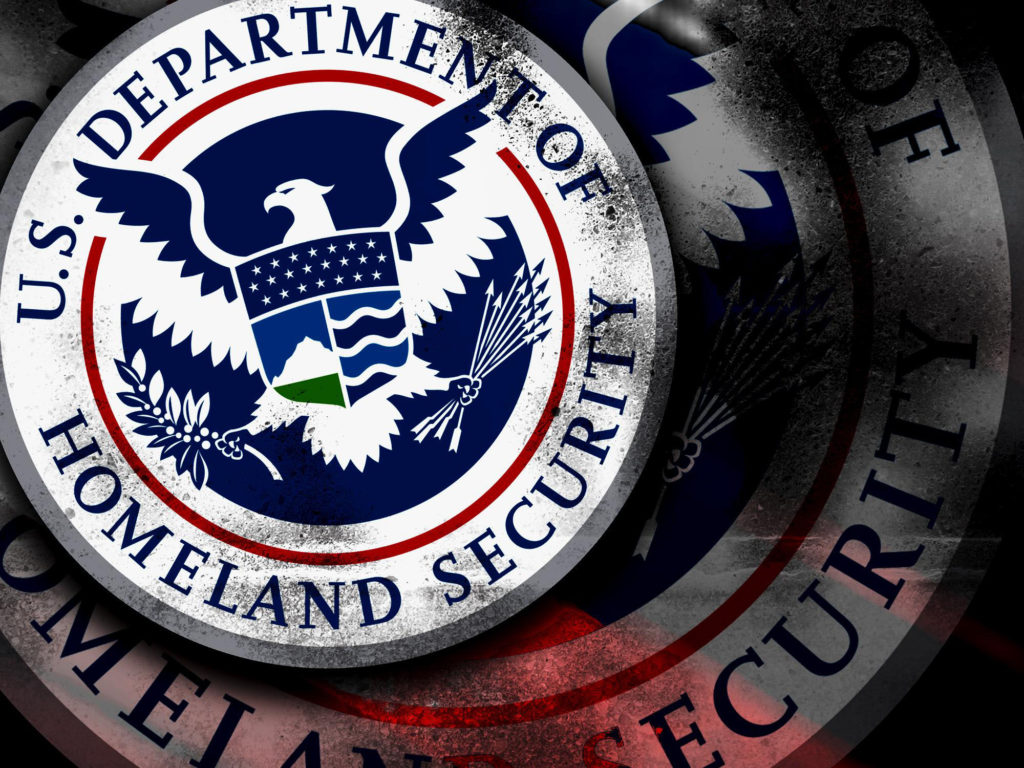 NONRAHS LED Inc. While developing this project for commercial use, identified that when we utilize state of the art technology and then combine it with business innovation this system can resolve concerns related to Homeland Security.
NONRAHS LED Inc. While developing this project for commercial use, identified that when we utilize state of the art technology and then combine it with business innovation this system can resolve concerns related to Homeland Security.
National Optical Network Response American Homeland Security (NONRAHS) a communication network in Detroit, Michigan. This network will utilize cutting-edge technology to immediately inform the general public what to do, and where to go in a crisis situation. This innovative system has the capabilities to provide real time information for large scale evacuations including, but not limited to:
Migrate people from incident areas with its Pedestrians & Traffic configurations Instill calm during periods of unrest with interactive communication Enhance the knowledge of Homeland Security barometer alerts Increase awareness of serious civic concerns And deal with terrorist activities directly so the public remains calm NONRAHS Studio 800 uplinks provide direction to the general public to move away from areas of concern or conflict so authorities can address the scene. We believe this project is something that can be used in any major city where the general public is at risk from not only terrorist activities, but where a national crisis such as hurricanes, tornados, earth quakes, power outages and other types of natural disasters are an everyday possibility.
Management System (NIMS) Guidelines
Item 1: Systems that integrate with the existing best practices into a consistent, nationwide approach to domestic incident management.
Item 2: Systems that are based on the core principles of The Incident Management System (ICS), Multiagency Coordination System, and Public Information Systems.
Item 3: Maintains a “steady-state” basis, well in advance of any potential incident involving the combined integration of planning, training, exercises, personnel qualification and certification standards, equipment acquisition and certification standards, and publication management processes and activities.
Item 4: Define a standardized mechanism and establish requirements for the process to describe, inventory, mobilize, dispatch, track, and recover resources over the life cycle of an incident.
Item 5: To ensure effective, inter-operable communications processes, procedures, and systems exist to support a wide variety of incident management activities across agencies and jurisdictions to insure that crisis decision-makers are better informed.
Item 6: A state of the art system that will provide support capabilities essential to implementing and continuously refining the NIMS, and to include specialized technologies that facilitate ongoing operations and incident management activities in situations that call for unique technology-based capabilities.
Item 7: A component that will establish an activity to provide strategic direction for and oversight of the NIMS, supporting both routine review and the continuous refinement of the system and its components over the long term.
NONRAHS Studio Uplink Proposal
Item 1: The Uplink system offers flexible protocols with a standardized system to coordinate multi-agency support during a wide range of domestic/international incident management with limited personnel.
Item 2: Control of the overall system can be commandeered by Homeland Security and link a wide spectrum of emergency response teams and incident management disciplines through the central command center.
Item 3: Contingency planning can be established and trialed using highly populated events in the urban core to evaluate the effectiveness of evacuation procedures at local levels with command center monitoring.
Item 4: Allows for the centralized coordination of Homeland Security Level Changes, Amber, Fugitive and Incident Alert announcements to an increased public scope for the purpose of engaging public support and involvement.
Item 5: The Uplink system provides a common theatre for all levels of incident emergency response with a directlink to Homeland Security as situational responses elevate jurisdictions. The system is Regional & National Network capable as alerts and incidents require larger public announcements.
Item 6: The Uplink System is common, state of the art technology with expansion opportunities that offers a foundation for growth and development as ideas and concepts are created to enhance the systems capabilities and scope.
Item 7: The NONRAHS International team will maintain this systems functional integrity through funding generated by the routine daily advertising and promotional activities.
e routine daily advertising and promotional activities.
Uplink
Uplinks can provide information for the following reasons to expand the Homeland Security’s effectiveness:
- Alert drivers to requirements at the border to expedite crossing,inspection of vehicles
- Border closings.
- Inform the public of Homeland Security Level changes and potential terrorist activity or actions.
- Avenue for evacuating one million citizens from the waterfront due to an incident.
- An avenue to trial evacuation procedures without announcing or alarming the general public.
- An avenue to run large scale drills with local business in Detroit for preparedness for potential incidences.
- An increase of awareness within the private sector to implement internal company training and procedures for large scale incidences.- National Homeland Security Day
- Reassurance to the public that the government is concerned with the well being of the citizens and their overall safety. Goodwill activities.
Increase visual awareness of Amber Alerts and Fugitive Crisis Management to gain public assistance; see pictures.
Uplinks can be used for Contingency Trial and Error Tests
- Local events can be used for trial runs and to monitor emergency service teams and verify effectiveness with the LED Uplinks.- Athletic Events (Ford Field, Comerica Park)
– Concerts
– Large events on the waterfront - Route traffic down certain corridors and evaluate traffic performance with different street light configurations.
- Evaluate road blockades and the emergency response team’s ability to shift traffic for evacuation purposes.
- Evaluate public reactions to different visual and audible messages for effectiveness.
- Establishes an avenue to create the perfect model for evacuations through trial and error without alarming the public or staging the activity.
- Provide a more real-life scenario.
NONRAHS Studio 800 evolutionary process is developing a preparedness and deterrence strategy for early stages of awareness to enhance the knowledge of Homeland Security Barometer Alerts, providing the best possible awareness to the general public. This is one of the ways we attend to handle the unforeseen. Benefits of this system include how the general public would be served by it and how the US Government could benefit from it as a conduit to help promote multi-agency communication. We assist in making our nation safer.
As Michigan hands out its Economic Report Card, we can add that we are the Partnering Sate, who is answering the call to action President Bush put out on October 10th, 2007. By updating the National Strategy for Homeland Security , we leverage evidence-based approaches to guide,, organize, and unify Homeland Security efforts among Federal, State, and Tribal governments, private and non-profit sector partners, and individuals. The strategy builds upon the Homeland Security Plan of 2002 and incorporates the lessons learned from other real-world catastrophes that have occurred since then. Our goals are:
- Protect the public
- Disrupt terrorist attacks (physical, biological, chemical, and digital)
- Protect critical infrastructure
- Respond to incidents in a timely manner
- Continue strengthening national security
